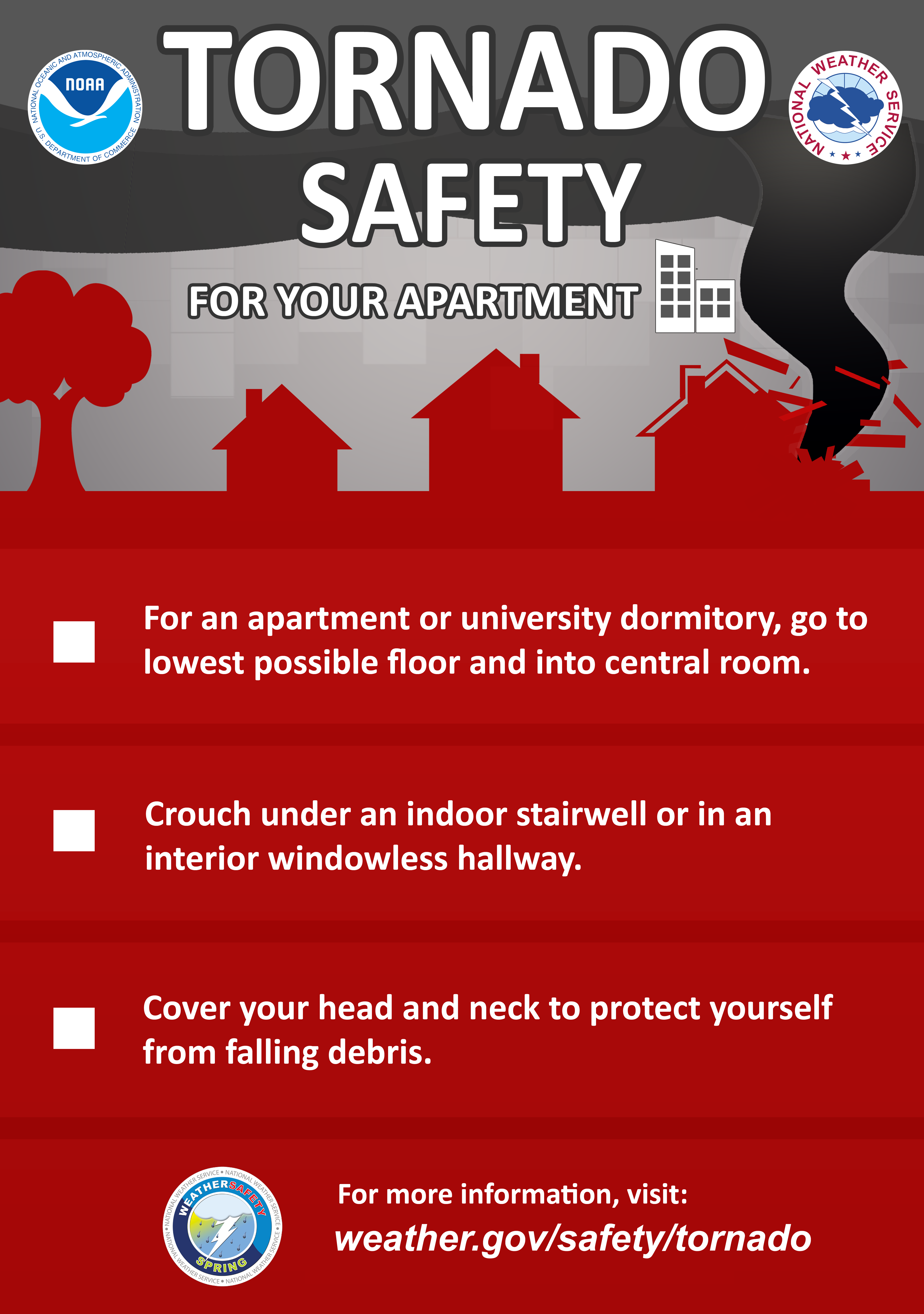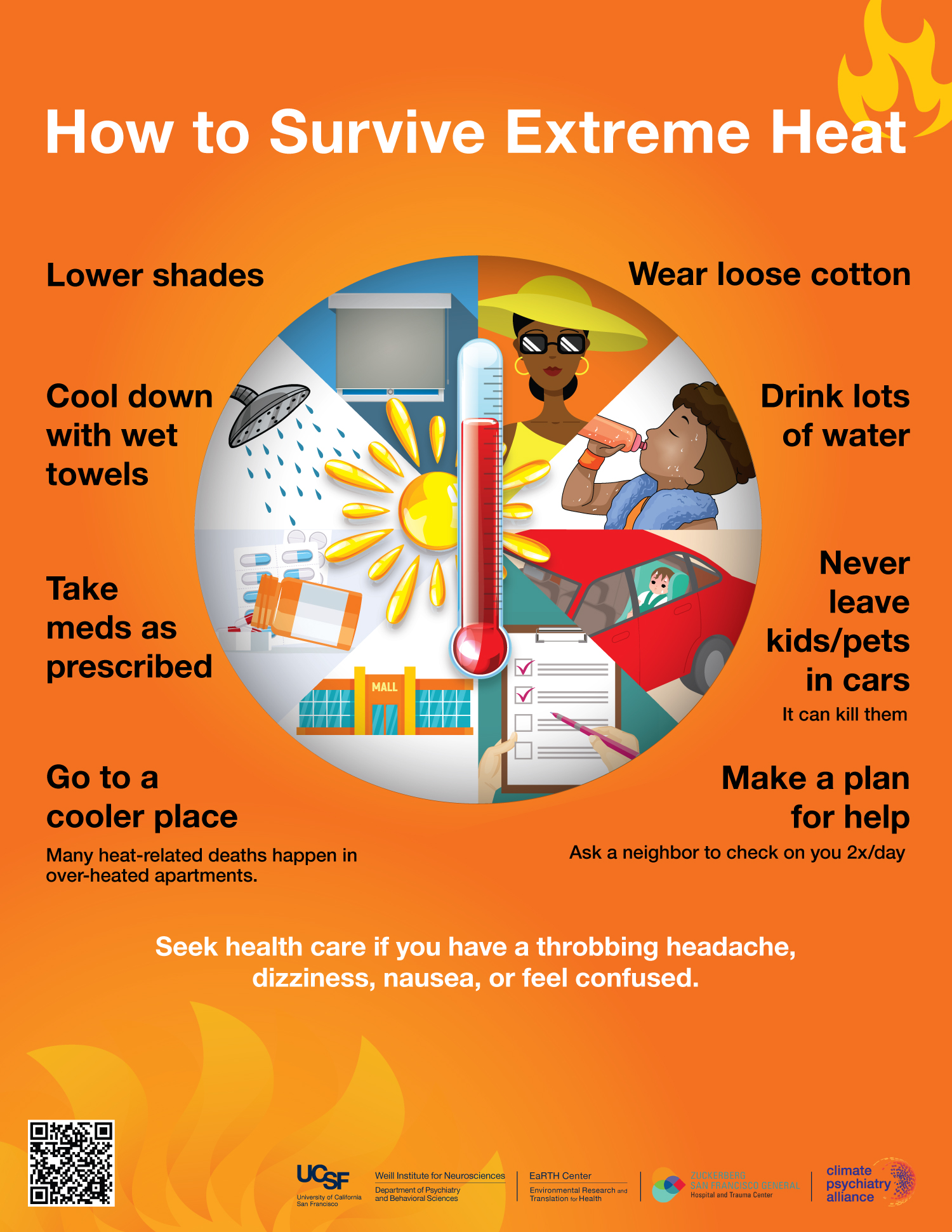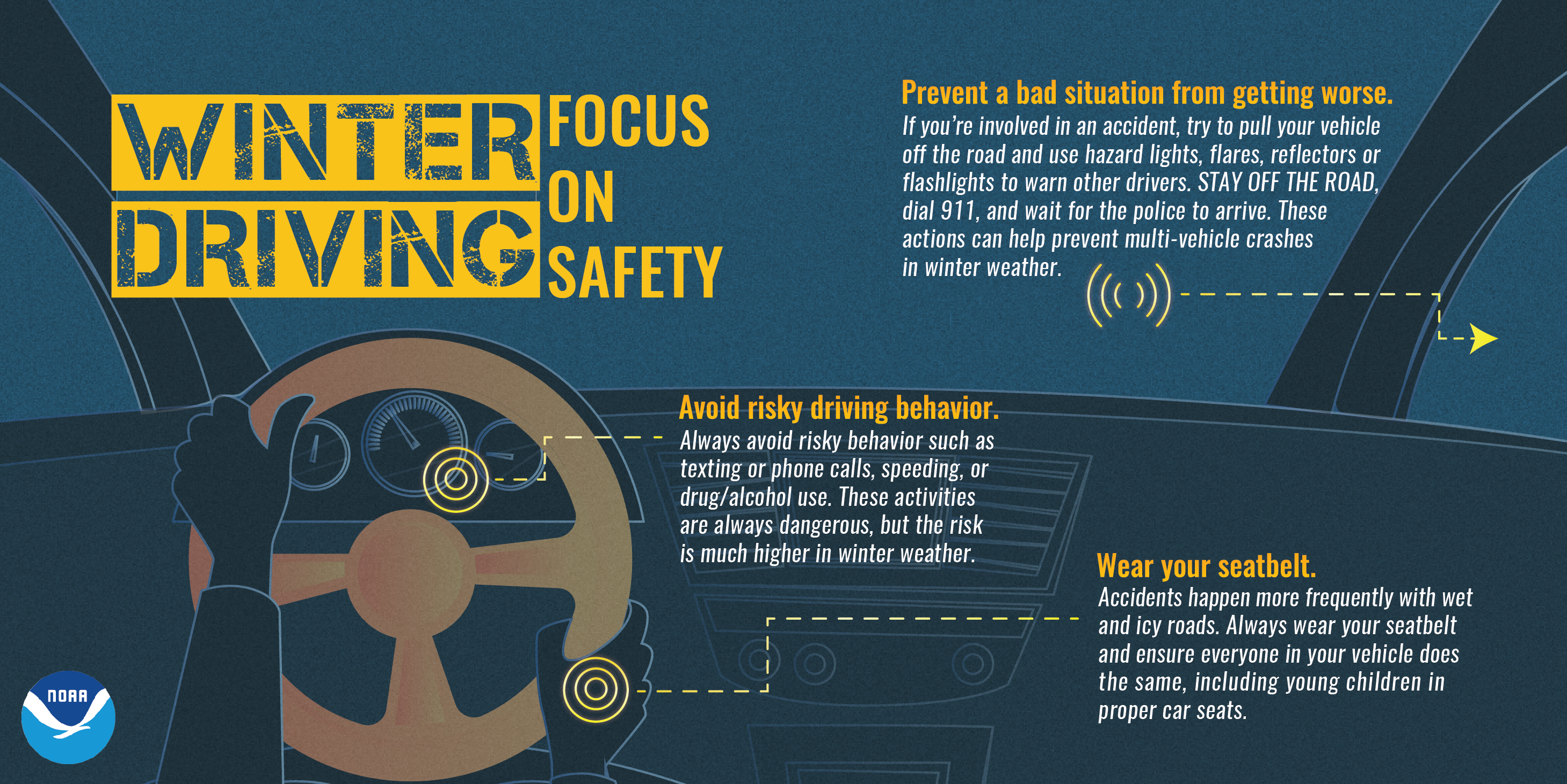Extreme weather events like wildfires, floods, storms, and droughts are becoming more frequent and intense due to climate change, posing significant risks to communities worldwide.
Editor's Notes: Extreme Weather Conditions: Impacts, Preparedness, and Mitigation Strategies was published today, offering crucial insights into managing the challenges posed by extreme weather events.
Through extensive analysis and research, this

Severe Weather Preparedness - Source www.weather.gov
guide provides a comprehensive overview of the impacts of extreme weather conditions, emphasizing the importance of preparedness and mitigation strategies for individuals, communities, and governments.
Key Differences
| Preparedness | Mitigation | |
|---|---|---|
| Definition | Measures taken to prepare for and respond to extreme weather events. | Long-term strategies to reduce the risks and impacts of extreme weather events. |
| Focus | Immediate response and recovery. | Prevention and reduction of risks. |
| Examples | Emergency plans, evacuation drills, stockpiling supplies. | Building codes, land use planning, disaster risk reduction policies. |
Main Article Topics
FAQ
This section addresses crucial questions regarding extreme weather conditions, preparedness measures, and mitigation strategies to provide clear and informative guidance.

Toolkits for managing during extreme heat | UCSF Environmental Research - Source earth.ucsf.edu
Question 1: What are the primary impacts of extreme weather conditions?
Extreme weather events have severe consequences. They can cause widespread destruction to infrastructure, homes, and ecosystems. Additionally, they can lead to disruptions in essential services, economic losses, and even loss of life.
Question 2: How can we prepare for extreme weather events?
Preparation is crucial for mitigating the effects of extreme weather. It involves developing emergency plans, securing essential supplies, and staying informed about weather forecasts. Establishing evacuation routes, identifying safe zones, and seeking professional guidance are also vital.
Question 3: What are the most effective mitigation strategies for reducing the impact of extreme weather?
Numerous mitigation strategies can reduce the impact of extreme weather. These include implementing resilient building codes, investing in infrastructure enhancements, promoting sustainable land-use planning, and fostering collaboration among stakeholders.
Question 4: How can climate change influence extreme weather events?
Climate change significantly exacerbates the intensity and frequency of extreme weather events. Rising global temperatures contribute to more extreme heat waves, droughts, floods, and storms. Understanding the correlation between climate change and extreme weather is essential for effective preparedness and mitigation.
Question 5: What role does technology play in managing extreme weather conditions?
Technology plays a vital role. It provides advanced weather forecasting systems, facilitates real-time monitoring, and supports decision-making during extreme events. Drones, satellite imagery, and mobile applications enhance early warning systems and enable more targeted responses.
Question 6: How can we foster community resilience in the face of extreme weather events?
Building community resilience is crucial. It involves engaging citizens, promoting education, and establishing support networks. By fostering community preparedness, we create a collective capacity to withstand and recover from extreme weather events.
In conclusion, this FAQ section serves as a valuable resource for understanding the impacts, preparedness measures, and mitigation strategies for extreme weather conditions. It empowers individuals and communities to make informed decisions and take proactive steps to safeguard themselves and the environment.
Next, let's explore the diverse impacts of extreme weather conditions on human societies, infrastructure, and ecosystems.
Tips
Extreme weather conditions are becoming increasingly common and severe, posing significant threats to our communities and infrastructure. Preparedness and mitigation strategies are crucial to minimize their impacts. Here are some tips to help you prepare for and mitigate extreme weather events:
Tip 1: Develop an emergency plan. This plan should outline what to do before, during, and after an extreme weather event. It should include evacuation routes, a designated meeting place, and a list of emergency contacts. Extreme Weather Conditions: Impacts, Preparedness, And Mitigation Strategies Keep a physical copy of your plan in a waterproof container in an easily accessible location and share it with all household members.
Tip 2: Stay informed about weather forecasts. Monitor weather updates from reliable sources, such as the National Weather Service, and be prepared to take action if a warning is issued for your area.
Tip 3: Secure your property. Trim trees and remove any loose objects that could become projectiles in high winds. Reinforce windows and doors with storm shutters or plywood, and elevate important belongings to higher floors in case of flooding.
Tip 4: Stock up on essential supplies. This includes non-perishable food, water, first-aid kits, batteries, a battery-operated radio, flashlights, and any necessary medications.
Tip 5: Identify safe places to shelter. Determine where you will go if you need to evacuate your home. This could be a designated shelter, a community center, or the home of a friend or family member outside the affected area.
Tip 6: Be prepared to communicate. Establish a plan for communicating with family and friends during and after an event. This could include using text messages, email, or social media. Also, consider purchasing a battery-powered or hand-crank weather radio for updates and alerts.
Tip 7: Get involved in community preparedness efforts. Join local volunteer organizations or neighborhood watch groups that work to prepare for and respond to emergencies.
Tip 8: Consider purchasing insurance. Homeowners' insurance and flood insurance can provide financial protection in the event of damage caused by extreme weather events.
By following these tips and staying informed about weather conditions, you can help reduce the risks and impacts of extreme weather events on your community and yourself.
Extreme Weather Conditions: Impacts, Preparedness, And Mitigation Strategies
Extreme weather conditions, including intense storms, heat waves, and droughts, pose significant threats to communities and ecosystems worldwide. Understanding their impacts, enhancing preparedness measures, and developing effective mitigation strategies are paramount to minimizing the associated risks.
- Environmental Impact: Extreme weather can cause widespread destruction of ecosystems, leading to loss of biodiversity and disruption of ecological processes.
- Infrastructure Damage: Intense storms and floods can cause catastrophic damage to homes, businesses, and critical infrastructure, disrupting essential services.
- Human Health Impacts: Heat waves and air pollution associated with extreme weather can lead to heat-related illnesses, respiratory problems, and other health concerns.
- Economic Losses: Extreme weather events often result in significant economic losses due to property damage, business disruptions, and reduced agricultural productivity.
- Societal Disruptions: Communities can face displacement, loss of livelihoods, and social unrest following extreme weather events.
- Mitigation Strategies: Measures such as building codes, land-use planning, and flood defenses can help mitigate the impacts of extreme weather and enhance resilience.
The consequences of extreme weather are far-reaching, affecting human populations, ecosystems, infrastructure, and economies. Comprehensive preparedness plans, including early warning systems, evacuation routes, and emergency response protocols, are essential for minimizing the impacts. Mitigation strategies, such as climate adaptation projects and sustainable development practices, can further reduce vulnerability and build resilience to extreme weather conditions in the long term.

Winter Weather Preparedness - Source www.weather.gov

Definition of extreme weather GCSE Geography - Revision Note - Source www.savemyexams.com
Extreme Weather Conditions: Impacts, Preparedness, And Mitigation Strategies
Extreme weather conditions, such as hurricanes, floods, and wildfires, have become increasingly common and severe in recent years. These events can cause widespread devastation, including loss of life, property damage, and economic disruption. It is essential to be prepared for extreme weather events and to have mitigation strategies in place to reduce their impact.

Latest weather forecast: 3 killed, 49 states under extreme weather - Source newsfinale.com
There are a number of things that can be done to prepare for extreme weather events. These include:
- Developing an emergency plan
- Assembling an emergency kit
- Knowing the evacuation routes for your area
- Staying informed about weather forecasts
In addition to preparing for extreme weather events, it is also important to have mitigation strategies in place to reduce their impact. These strategies can include:
- Building seawalls and levees to protect against flooding
- Planting trees and vegetation to help reduce erosion and wind damage
- Improving drainage systems to reduce the risk of flooding
- Enacting building codes that require new buildings to be able to withstand extreme weather conditions
Extreme weather events are a serious threat to our communities. By taking steps to prepare for these events and to mitigate their impact, we can help to protect ourselves and our property from the devastating effects of these natural disasters.
Conclusion
Extreme weather events are a growing threat to our communities. By taking steps to prepare for these events and to mitigate their impact, we can help to protect ourselves and our property from the devastating effects of these natural disasters.
We must continue to invest in research and development to improve our understanding of extreme weather events and to develop new mitigation strategies. We must also work together to raise awareness of the importance of preparedness and to encourage everyone to take steps to protect themselves and their families.